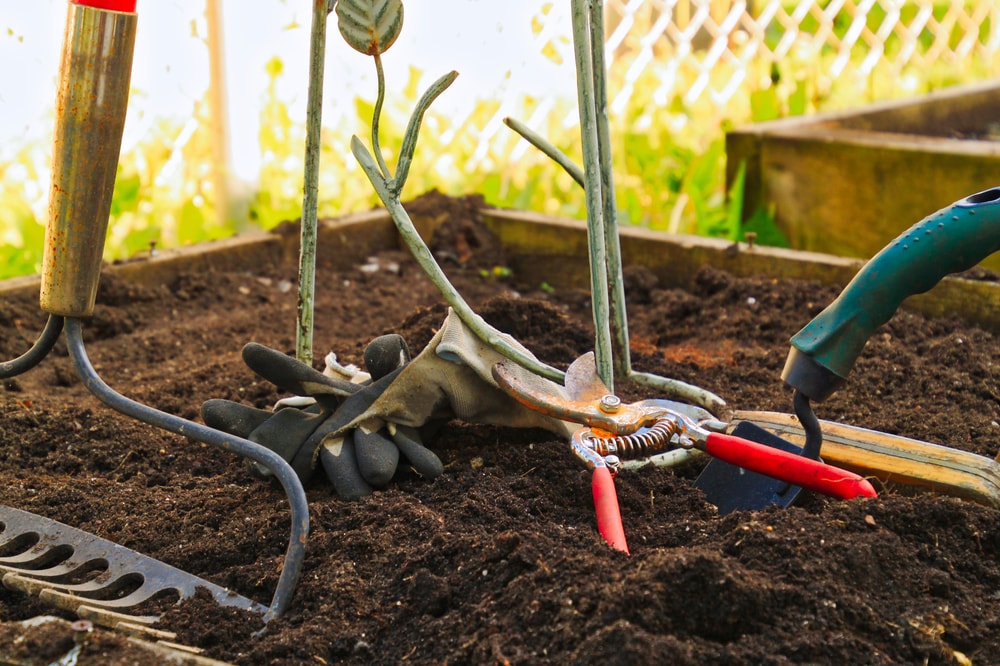I’ve had several customers ask me what they should do with their vegetable garden over the winter. Well, if your garden is not “working” (growing cool-season veggies), then here’s what to do.
“Clean” It
Get all weeds and debris out of there! They provide ideal hiding places for insect eggs and can host mold spores. If you had a disease problem, then don’t compost the debris—dispose of it.
We’re a little late this year, but next year consider planting a cover crop. A blend of peas and oaks, red clover, or buckwheat sowed anytime from September through the first of October then tilled into the garden after a hard freeze, adds fresh “green manure” to your garden, as well as enriching the soil with nitrogen. And cover crops like buckwheat and red clover provide fall food for pollinators.
Top Dress
Top dress your garden beds with two to three inches of mixed compost. I use a mixture of mushroom compost along with leaf compost and a bag or two of composted cow manure.
I like to “mix-up” the plant-based composts so I get a different mix of micro-nutrients. And while I do add some manure, I keep it to no more than one-third of what I add—because it is high in nitrogen. Too much nitrogen in your soil will give you that ten-foot tall tomato—with no fruit!
Now I’ll sprinkle in a bag or two of Green Sand (made from marine minerals) or kelp meal—both good sources of micro-nutrients. Yes, plants need nitrogen, phosphorus, and potassium—but they also need minute amounts of iron, magnesium, and a host of other minerals to keep them vigorous and disease-resistant. I don’t even till them in—I just let it sit over winter and allow winter precipitation to wash the nutrients down into the soil.
I like to toss on a couple of inches of fallen leaves. I run over them with the lawnmower first to chop them up so they’ll break down faster. Don’t do this when they’re wet, by the way, or they just clump up together. Over the winter, I’ll check periodically to be sure my garden beds stay free of weeds and debris. But that’s really all I have to do. Come spring, I’m ready to plant.
One More Thing…
One more thing you could do now is a soil test that actually tells you exactly what nutrients you are deficient in. Call us for details.
Keeping your soil renewed each fall makes a busy spring so much easier.

